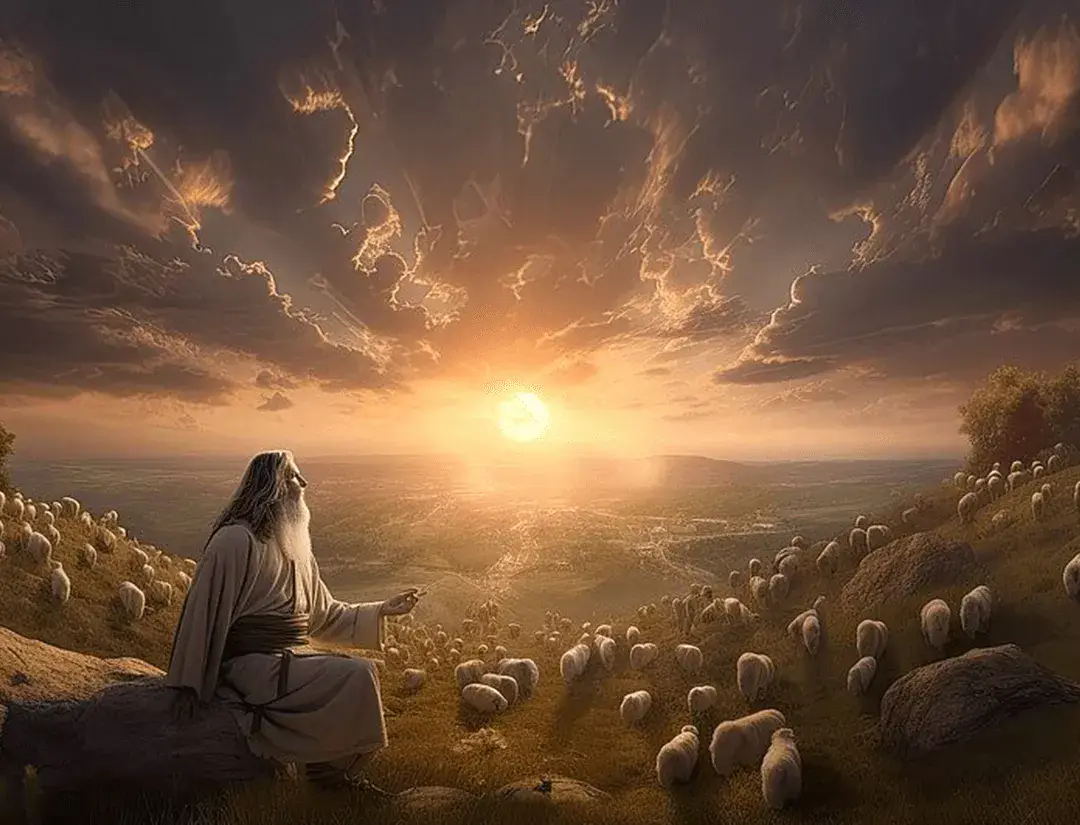Language
 Directory
Directory
Genesis
Asenath

1. Asenath is a biblical figure mentioned in the Book of Genesis. Her story is intertwined with that of Joseph, the son of Jacob and Rachel.
2. According to the biblical account, Joseph was sold into slavery by his jealous brothers and ended up in Egypt. In Egypt, Joseph rose to a position of power and influence as a trusted advisor to Pharaoh due to his ability to interpret dreams.
3. Pharaoh gave Joseph the Egyptian name "Zaphenath-Paneah" and also arranged for him to marry Asenath, the daughter of Potiphera, a priest of On. Asenath is described as a beautiful and righteous woman.
4. The significance of Asenath lies in her role as Joseph's wife and the mother of his two sons, Manasseh and Ephraim. Their descendants became significant tribes within the Israelite nation.
5. Asenath's story highlights themes of cultural assimilation and acceptance. Being an Egyptian woman, she married into the family of Jacob, who were Hebrews. This marriage served as a symbol of unity and reconciliation between the Hebrews and Egyptians, as Joseph held a high position in Egyptian society.
6. Additionally, Asenath's righteousness and faithfulness are emphasized in the biblical narrative. She played a crucial role in Joseph's life, providing him with a supportive and loving family. The union between Joseph and Asenath can be seen as an example of how individuals from different backgrounds can come together and build a harmonious family.
7. Furthermore, Asenath's sons, Manasseh and Ephraim, played significant roles in the history of the Israelites. They became the heads of two tribes, each tracing their lineage back to Joseph. The blessing given to them by their grandfather Jacob, where he elevated them to the status of his own sons, further solidified their importance within the Israelite community.
8. Asenath's story revolves around her marriage to Joseph and her role as the mother of Manasseh and Ephraim. She represents the unity between the Hebrews and Egyptians, and her faithfulness and righteousness contribute to the overall narrative of reconciliation and the formation of the Israelite nation.




 Previous
Previous







